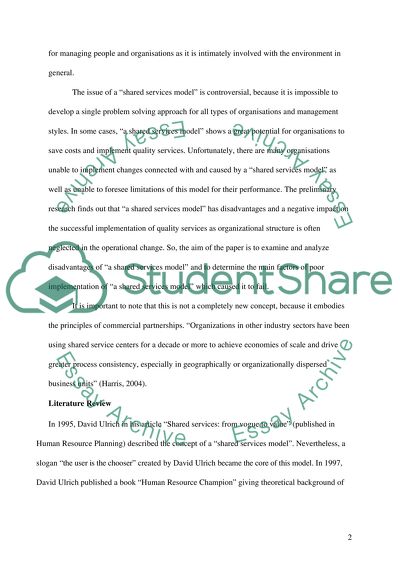Cite this document
(Is a Shared Services Model of Human Resources an Effective Way to Term Paper, n.d.)
Is a Shared Services Model of Human Resources an Effective Way to Term Paper. Retrieved from https://studentshare.org/human-resources/1527366-is-a-shared-services-model-of-human-resources-an-effective-way-to-deliver-hr-services
Is a Shared Services Model of Human Resources an Effective Way to Term Paper. Retrieved from https://studentshare.org/human-resources/1527366-is-a-shared-services-model-of-human-resources-an-effective-way-to-deliver-hr-services
(Is a Shared Services Model of Human Resources an Effective Way to Term Paper)
Is a Shared Services Model of Human Resources an Effective Way to Term Paper. https://studentshare.org/human-resources/1527366-is-a-shared-services-model-of-human-resources-an-effective-way-to-deliver-hr-services.
Is a Shared Services Model of Human Resources an Effective Way to Term Paper. https://studentshare.org/human-resources/1527366-is-a-shared-services-model-of-human-resources-an-effective-way-to-deliver-hr-services.
“Is a Shared Services Model of Human Resources an Effective Way to Term Paper”, n.d. https://studentshare.org/human-resources/1527366-is-a-shared-services-model-of-human-resources-an-effective-way-to-deliver-hr-services.


